The list in brief1.Best Overall2.Best for Speed3.Fastest Booting4.Best Endurance5.Best Low Cost6.Other microSD Cards Tested7.Speed Ratings and Types8.How We Test9.Discounts
Unlike many other modern computing devices (including other single board computers such as theKhadas VIM4,LattePanda 3 Delta,LattePanda Sigmaand theOrange Pi 800), mostRaspberry Pishave no internal storage, relying instead on removable microSD cards as their primary boot drives. The exception to this rule are theCompute Module 4,Compute Module 4Sand theCompute Module 5which offerd variants with onboard eMMC storage. For mainstream models of Raspberry Pi the lack of internal storage keeps the cost of the Raspberry Pi historically low as there is no need to source onboard storage and controller chips. The Raspberry Pi 5, in a break from the established norm, introduced a PCIe connector to the “Model B” form factor. This connector has since been used with a plethora of NVMe based SSDs and offers much higher performance than the humble microSD card.

That said, microSD cards are a cost effective storage means. At the time of writing, high performance 32GB micro SD cards can be picked up for $10! But which microSD card should you buy for your Raspberry Pi? To help find the answer, we tested ten different 32GB cards on aRaspberry Pi 4, a Raspberry Pi 3 B+ and aRaspberry Pi Zero Wto see which offers the best performance for the money.
We chose the 32GB capacity because it offers more than enough room for most use cases while not being appreciably more expensive than 8 or 16GB cards. Raspberry Pi OS can run on a card that’s as small as 8GB (seehow to set up a Raspberry Pi) if used with the Lite version of the OS. But for the full Raspberry Pi experience you will need the full install and that leaves you very little, if any, extra space on an 8GB card.You can claw back some space on your SD card, but with micro SD card prices being so low, even for high performance cards, now is the time to expand your storage. With every update and release gradually using more and more of your card, 8GB will soon become too small for a typical setup. If emulation is your goal then 32GB should be the bare minimum as PlayStation 1 CDROM images weigh in at around 700MB, so ten games can easily eat up around 25% of your micro SD storage. PlayStation 2 and GameCube images will take up considerably more space.

Are the days of micro SD cards in the Raspberry Pi numbered? Not yet, as the release of theRaspberry Pi 5and its SDR104 compliant micro SD card reader provides improved performance. We’ve used the official Raspberry Pi branded A2 SDR104 micro SD cards and in our tests we found that when using compatible SDR104 cards, the SD card speeds rival the USB 3 SSD speeds of the Raspberry Pi 4! That is plenty fast for most projects.
If you need the ultimate speed for your Raspberry Pi, then you need the flagshipRaspberry Pi 5and an M.2 HAT such as the Editor’s ChoicePineboard HatDrive! NanoPimoroni’s NVMe Base, and the officialRaspberry Pi M.2 HAT. We’ve got a guide onhow to use an NVMe drive with your Raspberry Pi 5.
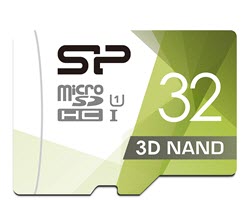
Best microSD Card Overall
With good overall performance and a low price, the Silicon Power 3D NAND range of microSD cards are a good choice for the Raspberry Pi. They may not be a well known brand, but these cards run well on all models of Raspberry Pi, even the Raspberry Pi 5.
Read more below
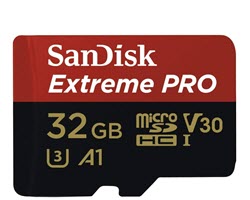
Great Speeds, Best for Pi 3
This is an expensive card but when you pay the money, you get the performance. This speed class A1, class 10 card provides great performance on Raspberry Pi 3, 4 and the new 5.
Fastest booting Raspberry Pi microSD
This speed class 10, A1 card is the fastest booting micro SD card that we tested. It has strong application open times and great 4K reads and writes on the Raspberry Pi Zero.
Long-lasting Raspberry Pi microSD Card
With a claimed long lifespan and strong app open and boot times, Samsung’s card is a good choice when speed and endurance are required. If you’re building mission critical applications around the Raspberry Pi, then this little card could be the one for you.
Good Raspberry Pi microSD performance for the price
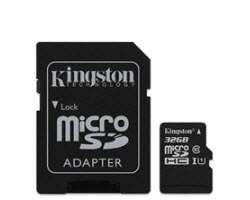
A fast card at a low price, that is the Samsung Evo Plus. It won’t break your wallet or test your patience. It has fast application open times and the boot times aren’t too shabby either.
The Best microSD Cards for Raspberry Pi 2025
Why you’re able to trust Tom’s HardwareOur expert reviewers spend hours testing and comparing products and services so you can choose the best for you.Find out more about how we test.
Reasons to buy
Reasons to avoid
We’re honestly shocked that the best performing Raspberry Pi microSD card in our roundup is also the cheapest one and comes from a lesser-known brand. It’s also rated UHS Speed 1 rather than 3, although these ratings are largely meaningless (at least for Pi owners). In fact, we were so surprised at this card’s performance that we tested a second unit to make sure the first one wasn’t a fluke.
For a price of just $6.99 (£5.99) at publishing time, the Silicon Power 3D NAND achieved the highest speeds on the Raspberry Pi 4 in almost all the IOzone tests, especially with 4K random writes. It also, by a hair, loaded all of our apps fastest on the Pi 4, though its boot time was second slowest. The Silicon Power NAND 3D card also performed well on Raspberry Pi 3 B+ and Pi Zero W, though it didn’t lead in as many categories.
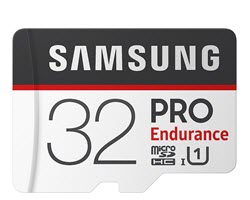
During our testing we noticed that this card has one huge advantage over most of its competitors: the ability to physically write on it. Because the surface is partially white, you can scribble on it with a Sharpie marker. That helps immensely when you have multiple cards in a drawer and don’t know which is which.
SanDisk claims that the Extreme Pro can read at up to 100 MBps and write at up to 90 MBps and has labeled it with a UHS rating of 3, a Video Speed Rating of 30 and an Application Speed rating of A1. As we note below, these ratings aren’t very useful, but nonetheless, this card is indeed one of the fastest around.
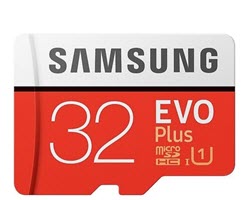
On the Raspberry Pi 3 B+, the SanDisk Extreme Pro finished first in six out of eight IOzone tests, including random 4K reads and writes. On Raspberry Pi 4, the card was within a few tenths of a second of the fastest application open times on the Raspberry Pi 4 and it was 0.5 MBps or less behind the leader in the all-important 4K random read and write speeds on IOzone. It also had the fastest sequential write speed on the Raspberry Pi Diagnostic test.
SanDisk backs the Extreme Pro with a limited lifetime warranty and claims that it is waterproof, shockproof and X-ray-proof.
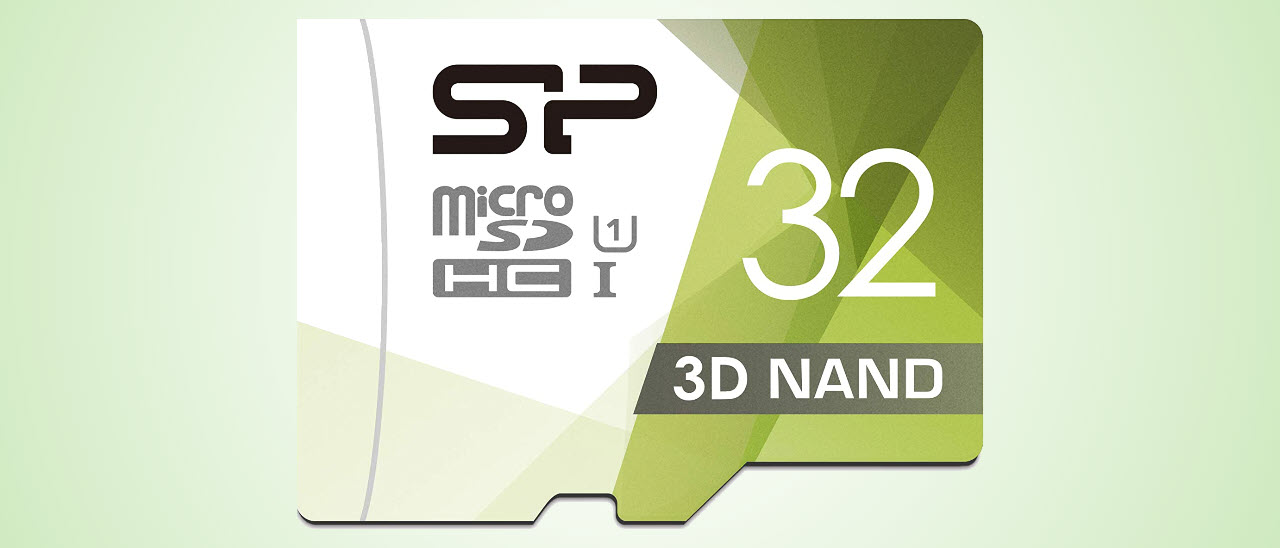
The Kingston Canvas React was in the upper performance tier on nearly all of our Raspberry Pi microSD card tests and it stood out by being the fastest booter on both the Raspberry Pi 4 and Raspberry Pi 3 B+. It also provided application open times that were consistently among the best.
The card’s only real downside is modest (but not terrible) 4K reads and writes on the Raspberry Pi 4. On the Raspberry Pi 3 and Zero, which have a slower microSD card reader, its 4K scores were better relative to the competition.
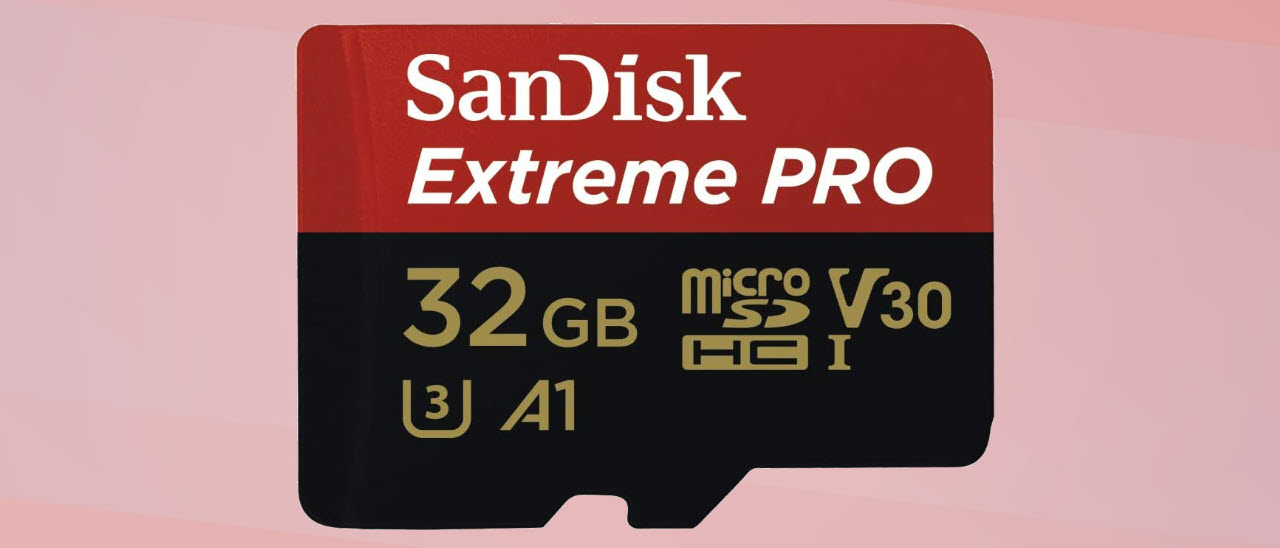
Kingston backs the Canvas React with a limited lifetime warranty, but it does not claim that the card is waterproof or shockproof in its market materials.
While it doesn’t win every test, the Samsung Pro Endurance is a great all-around Raspberry Pi microSD card that promises up to 25 times greater longevity than a typical card. While we can’t prove or disprove this claim, we do know that Samsung has an excellent reputation in the industry and backs the card with a limited lifetime warranty. The company also says that the card is waterproof, temperature-proof and X-ray-proof.
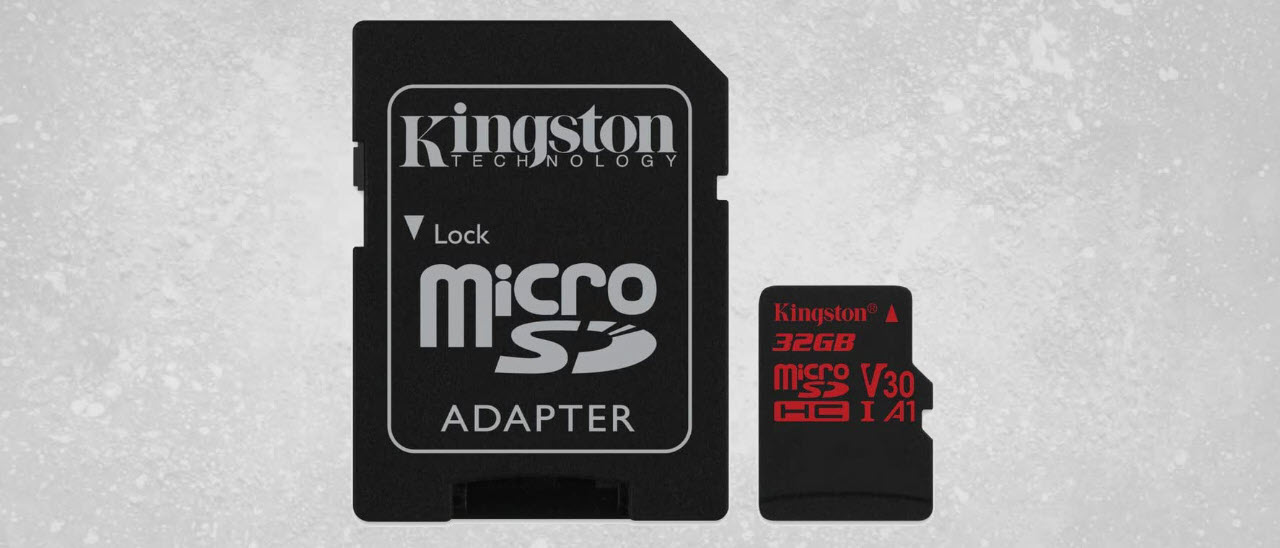
The Samsung Pro Endurance comes close to the leaders on application open times and boot times while achieving fast transfer speeds on every test on every Pi model. On the Raspberry Pi 4, it achieved the fastest 4K random reads on IOzone and the speediest sequential transfer rate in the Raspberry Pi Diagnostics tool. Though it is labeled as UHS 1 speed, it hangs with or outpaces cards that are labeled UHS 3. At $10.99 at publish time, it’s not the cheapest card, but also not the most expensive.
Selling for a modest $8.51 (£7.29) at publication time, the Samsung Evo Plus offers solid performance from a highly-trusted brand at a very reasonable price. Samsung backs the Evo Plus with a 10 year warranty and claims that the card can survive X-rays, magnetic radiation and even 72 hours in seawater. Most of us probably aren’t worried about submerging a card in water, but it’s nice to know that if youwaterproof your Raspberry Pi, the card will be fine too.
In our tests on the Raspberry Pi 4, the Samsung Evo Plus offered consistently strong application opens, coming within 0.2 to 0.3 seconds of the leader. It also booted in a speedy 24.7 seconds, only 0.7 seconds slower than the Kingston Canvas React. The card had solid transfer rates in IOzone, though its 4K random writes were a little disappointing (rates were much higher in the Raspberry Pi Diagnostic test). On the Raspberry Pi 3 B+, the Evo Plus got really good application open times and slightly better 4K writes.
Other Raspberry Pi microSD Cards We Tested
Not every product deserves to be listed as one of the best Raspberry Pi microSD cards. Here are some other cards we tested and our brief take on each.
MicroSD Speed Ratings and Types: What Do They Mean?
When you’re shopping for a microSD card, whether it’s for Raspberry Pi, a phone, a camera or a Nintendo Switch, you’ll see as many as four different types of speed ratings listed, the first three of which measure minimum sequential write speed in MBps. The SD Association provides adetailed explanationby to keep it simple, here’s a brief list:
Almost all cards are marked with the UHS rating or 1 or 3, fewer have the Video Speed and only a few high-end cards are marked with the Application Speed. In addition to labeling their cards with some of these classes, vendors will offer their own estimates that are much more generous. For example, Samsung claims that its Pro Endurance card can get up to 100 MBps reads and 30 MBps writes, even though it is only labeled as UHS class 1 (10 Mbps). In practice, these classes meant nothing, because cards with UHS class 1 often outperformed those with class 3.
You’ll also see that some cards are listed as microSDHC while others are specked as microSDXC. These standards mean nothing for performance and only tell you something about the capacity that you already know from the number of GB. microSDHC (high capacity) cards are those that go up to 32GB and microSDXC cards support higher capacities (but could also be 32GB). Either type works fine in a Raspberry Pi.
How We Tested Raspberry Pi microSD Cards
We used a combination of synthetic and timed tests to measure microSD card performance on Raspberry Pi. Because it has the highest possible transfer speeds, we ran the full suite of tests on the Raspberry Pi 4, including FIO (Flexible Input / Output tester), which usually took more than five hours to complete. On the Pi 3 B+, we ran just IOZone and the application and boot time tests and, on the Pi Zero W, which is slow to open every app, we used IOZone alone.
IOZone Results on Raspberry Pi microSD Cards
IOzone is a popular Linux storage benchmark that measures read and write speeds. We owe a huge hat tip to Jeff Geerling whose excellentarticle on microSD card benchmarksinspired us to use IOzone in our testing. We configured it to test both random and sequential reads of 4K and 1,024K blocks with a total file size of 100MB. We also enabled the direct I/O option that bypasses the operating system’s cache so we’re getting a better idea of the card’s performance on its own.
When we tested on the Raspberry Pi 4, the Silicon Power 3D NAND card, which coincidentally is listed as UHS Speed 1, comes out on top in the all-important 4K random write, 4K sequential write, 4K sequential read, 1,024K random read and 1,024K sequential read tests. The SanDisk Extreme Pro, Samsung Pro Endurance and Kingston Canvas React all put in strong showings as well. The Silicon Power Elite, while more expensive than the company’s 3D NAND did very poorly as did the Lexar 633x, the PNY Performance Turbo and the Fatty Dove 32GB card.
The SanDisk Extreme Pro dominated the IOzone tests on the Raspberry Pi 3 B+, placing first in every category but 1,024K random writes and 4K sequential writes. The same cards that did poorly on the Raspberry Pi 4 were equally awful on the Pi 3 B+.
IOZone performance on the Raspberry Pi Zero W was more of a mixed bag, with a more even spread of top performers in different rounds. However, the SanDisk Extreme Pro won the most rounds.
Application Open Times of Raspberry Pi microSD Cards
One of the most visible manifestations of Raspberry Pi microSD card performance is how quickly your favorite apps load. To measure, we timed four popular pieces of software: Chromium Browser, GIMP, LibreOffice Calc and Scratch Desktop 3. For better or worse, on both the Raspberry Pi 4 and 3 B+, there was very little difference between the best and worst open times, with differences of tenths of a second separating the competitors.
Despite the minor differences between cards, on the Pi 4, the Silicon Power 3D NAND had the fastest times on every app while different cards came out on top for each application on the Pi 3 B+.
Boot Times on Raspberry Pi microSD Cards
Eight out of the ten cards booted Raspberry Pi 4 in between 24 and 26 seconds, with the Kingston Canvas React taking the crown at 24 seconds. Though the Silicon Power 3D NAND card did so well on application opens, it had a significantly slower boot time. And, at 49.3 seconds, the Silicon Power Elite card was a disaster.
The boot times on the Raspberry Pi 3 B+ told a similar story. All of the non-Silicon Power cards were within two seconds of each other, with the Kingston Canvas React again taking the booting crown. The Silicon Power 3D NAND card wasn’t awful at 28.9 seconds, but the Elite took a leisurely 50 seconds.
Raspberry Pi Diagnostics SD Card Speed Test
The Raspberry Pi Foundation has its own speed test, which measures 4K random reads and writes, along with sequential writes (of an undisclosed size). The test not only provides numbers, but also a pass or fail rating, based on the results.
We tested all of our cards on the Raspberry Pi 4, using the Diagnostics test and four of them – the PNY Performance Turbo, Lexar 633x, Silicon Power Elite and Fatty Dove outright failed – due to horribly slow 4K random writes. While the numbers were sometimes higher than we saw for the same cards in IOzone, they told a similar story.
The fastest card for 4K random writes was the Silicon Power 3D NAND while the leader in 4K random reads was the Samsung Evo Plus and the sequential winner was the SanDisk Extreme Pro.
Bottom Line
The differences between the best cards are subtle enough that you may not be able to tell our top choice from one further down the list in every workload. However, our testing shows that clearly not every Raspberry Pi microSD card is the same and there are many poor performers you should avoid. And just because a card carries a particular speed rating, for example UHS 3, that doesn’t mean that it will be faster than another card that has a lower rating.
Finding Discounts on the Best microSD Cards
Whether you’re shopping for one of the best microSD cards for Raspberry Pi or one that didn’t make the cut, you may find savings by checking out our lists of the latestAmazon promo codes,Newegg promo codes,Staples coupons,Micro Center couponsorSamsung promo codes
Check out this amazing discount on one of the best bang-for-buck microSD offerings ahead of Black Friday. This deal may not last long. See ourBest Black Friday Raspberry Pi Dealsfor the latest microSD bargains.
Get Tom’s Hardware’s best news and in-depth reviews, straight to your inbox.
Avram Piltch is Managing Editor: Special Projects. When he’s not playing with the latest gadgets at work or putting on VR helmets at trade shows, you’ll find him rooting his phone, taking apart his PC, or coding plugins. With his technical knowledge and passion for testing, Avram developed many real-world benchmarks, including our laptop battery test.